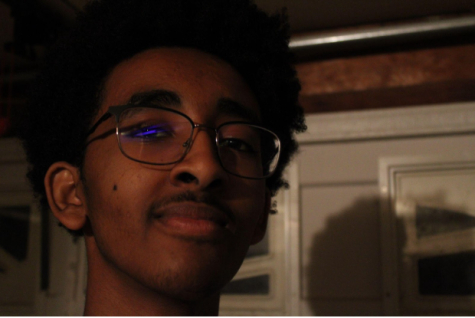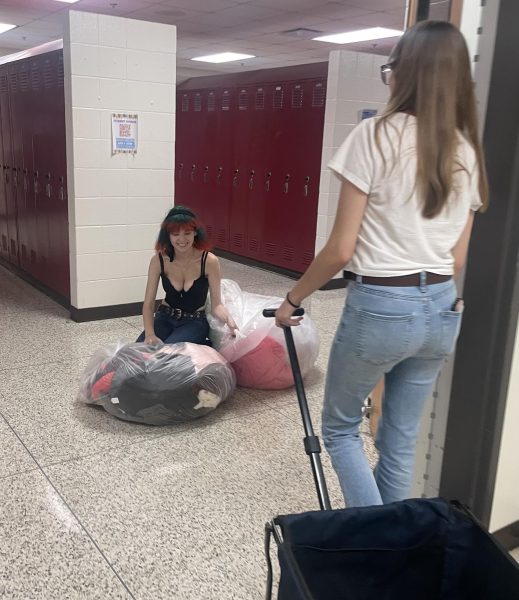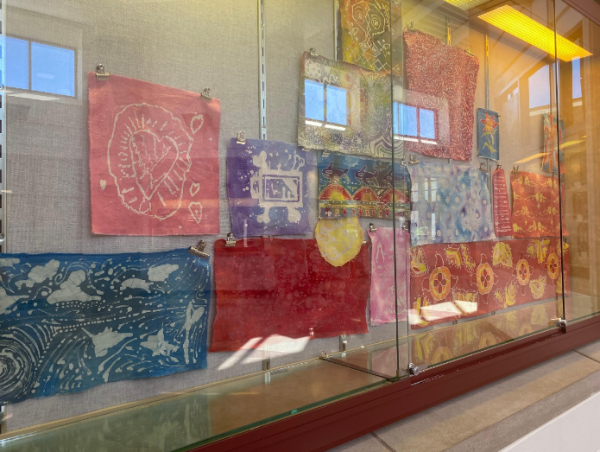Isabel’s “Best of All Time” Book List
POETRY
Crush
Richard Siken
Yale University Press, 2005
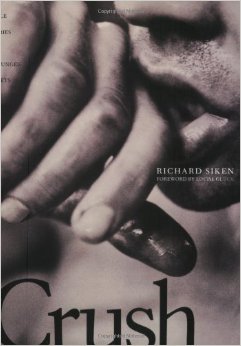
This is the first collection of poetry that I ever fell in love with. About Crush, Louise Gluck writes, “This is a book about panic. The word is never mentioned. Nor is the condition analyzed or described—the speaker is never outside of it long enough to differentiate panic from other states.” My 14-year-old self had never seen anything like it. In fact, three years later, my poetic style is vaguely reminiscent of Crush-era Siken. In this collection, Siken speaks of suicide, lust, and running from oneself at breakneck speed.
“And you can hear the man in the apartment above you
taking off his shoes.
You hear the first boot hit the floor and you’re looking up,
you’re waiting
because you thought it would follow, you thought there would be
some logic, perhaps, something to pull it all together
but here we are in the weeds again,
here we are
in the bowels of the thing: your world doesn’t make sense.
And then the second boot falls.
And then a third, a fourth, a fifth.”
– an excerpt from “Boot Theory”
Room Where I Get What I Want
Whitney Holmes
Black Ocean, 2015
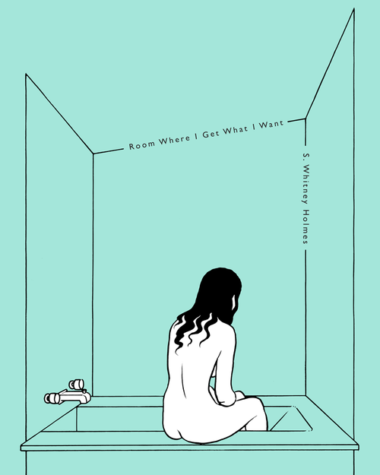
I found this book quite serendipitously in the used section of small bookstore in St. Louis. I spent a week reading each poem over and over again, experiencing the emotions but not quite grasping the text. The overarching theme of the collection is “the house that is not a house.” Instead, the home is a person, the walls are collapsing, and everything is folding inwards.
“The House That Is Not a House
is right here on top of the cheerleading pyramid.
The house is consuming fewer vegetables
and more Russian novels every day. The house is
on the shelf beside a matching book collection
with blue leather and gold embossed lettering.
It’s been hollowed out to hide a gun.”
– an excerpt from “The House That Is Not a House”
Other People’s Comfort Keeps Me Up at Night
Morgan Parker
Switchback Books, 2015
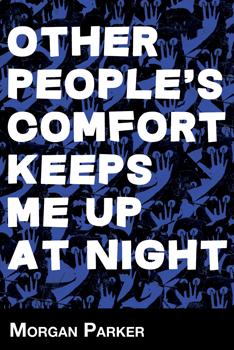
In Parker’s debut poetry collection, she uses stream-of-consciousness writing to create a non-linear portrait of her experience as a black woman in America. While some verses appear scattered and nonsensical, closer examination leaves the reader stunned; each word fits perfectly into the poem and not a single breath is wasted.
“Dreams are sex and towers.
Freshly cut grass nowhere except brain tunnels.
In the morning you roll over and tell me
there is something to be said
about the last one in the pool, unassuming DJ names,
and folks with imprints on diner stools.
These are all of my personas. You love
broken skin the way I want to punch liars in the face.”
– an excerpt from “Poem Made of Chewed-Up Nicorette from the Garbage in Front of Kate Hudson’s House”
PROSE
In Cold Blood
Truman Capote
Random House, 1966
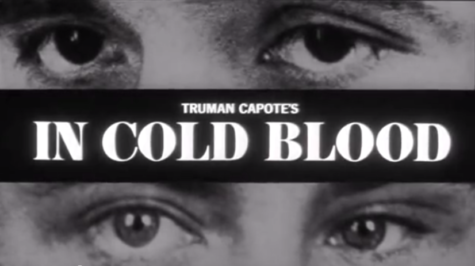
Funnily enough, I first read this book because of a middle-school book report assignment for which we were supposed to read a novel by a “great American author.” I chose Capote, and was immediately captivated by the true story of the gruesome murder of the Clutter family in Holcomb, Kansas. Something about the way Capote depicts nuanced, multifaceted individuals has always stuck with me. In Cold Blood is an investigative journalism piece turned novel, and, in this case, fact is much more horrifying than fiction.
“Dick stripped to his briefs was not quite the same as Dick fully clothed. In the latter state, he seemed a flimsy dingy-blond youth of medium height, fleshless and perhaps sunken-chested; disrobing revealed that he was nothing of the sort, but, rather, an athlete constructed on a welterweight scale. The tattooed face of a cat, blue and grinning, covered his right hand; on one shoulder a blue rose blossomed. More markings, self-designed and self-executed, ornamented his arms and torso: the head of a dragon with a human skull between its open jaws; bosomy nudes; a gremlin brandishing a pitchfork;”
The Buddha of Suburbia
Hanif Kureishi
Faber and Faber, 1990
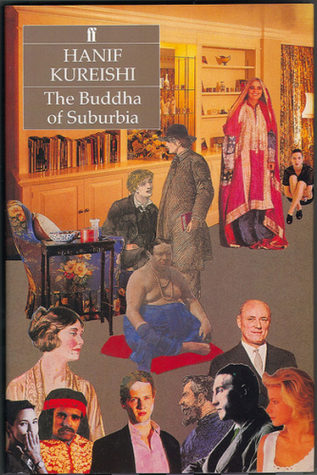
The Isabel that read this novel for the first time was shocked by the candor with which Kureishi discusses sexuality, racism, and family ties. And although I have matured, I am still taken aback by one thing: Kureishi’s ability to bring the issues and characters that inhabit the story to life. The story centers around a half-Indian, half-White boy’s journey to self-discovery; it becomes a kind of nontraditional depiction of the traditional coming-of-age.
“It was all trains and shitting sons, and the bursting of frozen pipes in January, and the lighting of coal fires at seven in the morning: the organization of love into suburban family life in a two-up-two-down semi-detached in South London.”
Black Hole
Charles Burns
Pantheon Books, 2005
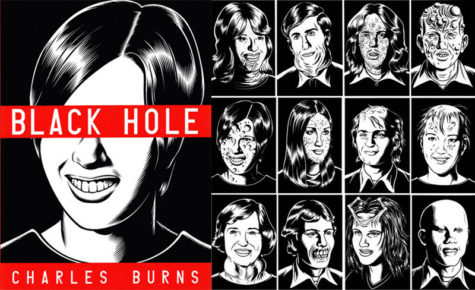
This book diverges from the others on this list because it’s actually a graphic novel. And however well the story stands alone, with the illustrations, it’s a masterpiece. The premise of the piece is that a town is being ravaged by a mysterious sexually transmitted disease that transforms the afflicted into permanently disfigured and emotionally changed individuals. They become societal outcasts that live in the forests on the outskirts of their town. In Black Hole, Burns perfectly captures the emotions of first love and loss, not only of aforementioned love, but of everything one knows to be true.
“Shit! Shit! SHIT! This is the part that I can’t take. I’ve been carrying around this photo for months… and it doesn’t help. I mean, it doesn’t even look like you. I need you so bad, I want you out here with me just one more time… but I know that’s never going to happen. I know you’re gone forever… and the bad part, the part that I can’t take is I’m starting to forget. I used to know every inch of your body… your profile, the smell of your skin… and now it’s starting to fade. I don’t want to forget you. I don’t want to get old and stupid and… I’ll remember the time we were out here together… when we were young and you were mine. I’ll remember. I promise.”




